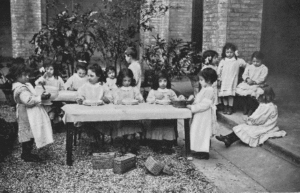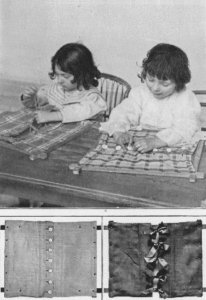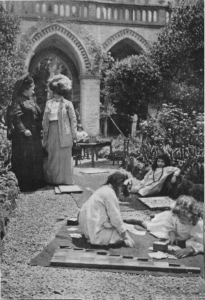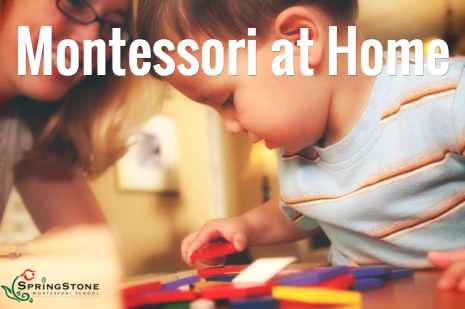The Whole Child – A Montessori Education Journey
What does it mean to educate ‘The Whole Child’?
To start with, let’s look at a quote from Dr. Maria Montessori from her published book – The Absorbent Mind.
“The essential thing is to arouse such an interest that it engages the child’s whole personality.”
To understand how Dr. Maria Montessori developed her Montessori Method of Teaching, we need to understand the environment she encountered.

 In the early days of Dr. Maria Montessori as a pediatrician and educator, she was asked to educate children in the slums of Italy, a place known as ‘Casa Dei Bambini’. Children of various ages roaming the streets were branded as ‘not teachable’ and ‘unable to learn’. Dr. Montessori believed that every child can learn, and it is up to the guide (teacher) to identify how each child learns, and what they need to be able to learn.
In the early days of Dr. Maria Montessori as a pediatrician and educator, she was asked to educate children in the slums of Italy, a place known as ‘Casa Dei Bambini’. Children of various ages roaming the streets were branded as ‘not teachable’ and ‘unable to learn’. Dr. Montessori believed that every child can learn, and it is up to the guide (teacher) to identify how each child learns, and what they need to be able to learn.
And, to the surprise of the Italian government and educational authorities, she proved everyone wrong! Dr. Montessori demonstrated the knowledge and skills these children acquired, even just over a short period of time. And their success in learning was due to her resourcefulness, observation and determination for all children to reach their own unique potential.
Dr. Montessori believed in peace, and she firmly felt that in order to have a peaceful society, the whole child — physical, spiritual, emotional, and intellectual — must be addressed.
In other words, the primary goal of education is to develop the skills necessary to lead a productive, happy, and fulfilling life.
How do we achieve this goal?
Whole child education does not compartmentalize knowledge.
• It shows the connections and relationships between subjects.
• It does not emphasize rote memorization but the internalization of how and why.
• Whole child education engages the child by appealing to his natural curiosity and showing the purpose behind learning.
• Exploring the outdoors – Something as simple as planting a garden requires mathematical, botanical, and nutritional knowledge.
Whole child education understands the connections between the body and mind.
• Learning takes place through movement and incorporates all the senses, creating pathways and synapses in the brain that cannot be undone.
• It incorporates purposeful movement and does not dictate that children sit still and silent.
• It also incorporates both left brain and right brain learning, and it values each equally.
• Intelligence is not preferred over physical or spiritual development, and the emotional health of the child is at the forefront.
• Most importantly, learning is not something that ends at grade 12 or at age 18; it is a lifelong quest for personal fulfillment.
When we focus on the child as a fully formed human being rather than a blank slate, we appreciate and respect the talents and knowledge intrinsic in each child.
focus on the child as a fully formed human being rather than a blank slate, we appreciate and respect the talents and knowledge intrinsic in each child.
We can encourage and not dictate. And we place value on effort, not just on right and wrong. Most importantly, we recognize and celebrate the uniqueness of each child in his place in the world.
In order to prepare today’s children for tomorrow’s jobs and life as a whole, we must prepare them to be problem solvers, using their intellect to think and be creative.

